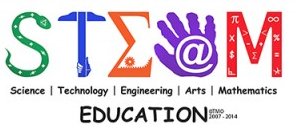 Integrating Engineering into our education system via STEAM learning holds great promise for students and society alike.
Integrating Engineering into our education system via STEAM learning holds great promise for students and society alike.
Putting the “E” Back in Learning
Engineering is a crucial part of our world today. Without engineers we would be without shelter, medicines, roads, and so much more. Our present lives are what they are because of engineers, and the quality of our future depends on the growth of the field of Engineering.
An exciting new school curriculum called STEAM recognizes the importance of Engineering to our lives, as well as its interrelationship with other critical disciplines.
What is STEAM Learning?
STEAM is an acronym for Science, Technology, Engineering, the Arts, and Mathematics.The goal of STEAM is to allow students to think of these disciplines in a new way by teaching the subjects together, instead of separately. The STEAM advocates at steamedu.com sum it up well:
“STEAM is a way to teach how all things relate to each other, in school and in life. It’s more fun than traditional learning styles and makes more sense to all types of learners because it is based on the natural ways that people learn and are interested in things.” -steam.edu
STEAM: Engineering Success in the Real World
Through the STEAM curriculum, learning is made into a fun and engaging experience that encourages higher level thinking. Students are given the opportunity to use content knowledge and skills in ways that are practical and applicable to the real world. It is the aspiration of our educational system that the youth who grow up participating in this program will think more creatively, have a better understanding of the world, and advance further in their respective fields as adults.
Engineering a Well-Rounded Education
Although STEAM is a relatively new program, it grants considerable hope that the field of Engineering will be greatly impacted by the result of this style of learning. STEAM makes it possible for engineering skills and ideas to be developed in children at a young age, setting them up for a lifetime of learning. Again, steamedu.com offers insight:
“Shifting to a STEAM perspective means understanding learning contextually; not only in terms of having a framework that illustrates where the subjects overlap, but also in providing a living and adaptable learning structure for ever-changing personal and global development.” -steam.edu
Hands-on Learning
Activities such as the “Tall Tower Challenge” for instance allow students to learn about structural engineering and how engineering can help solve society’s challenges while encouraging teamwork and problem solving.
The “Tall Tower Challenge” involves giving groups of students 50 straws, 50 pipe cleaners, and 25 paperclips which they use to build the tallest tower they can that will support the weight of a golf ball for 2 minutes. Students are asked to develop a plan on paper, build the tower, test it, and compare results with their classmates. This exercise, along with many others, gives students the opportunity to approach learning in a different way and promotes a higher level of thinking that will benefit them and their future employers.
Opening Doors to Opportunity
With the introduction of engineering principles to children at a young age, STEAM is opening the door to prospective career options that students may not have considered or known about, and helps develop the critical thinking skills necessary to change the world.
W&A Engineering fully supports STEAM educational efforts. We are all stakeholders in the future, and we encourage everyone to get involved and support STEAM with us.
